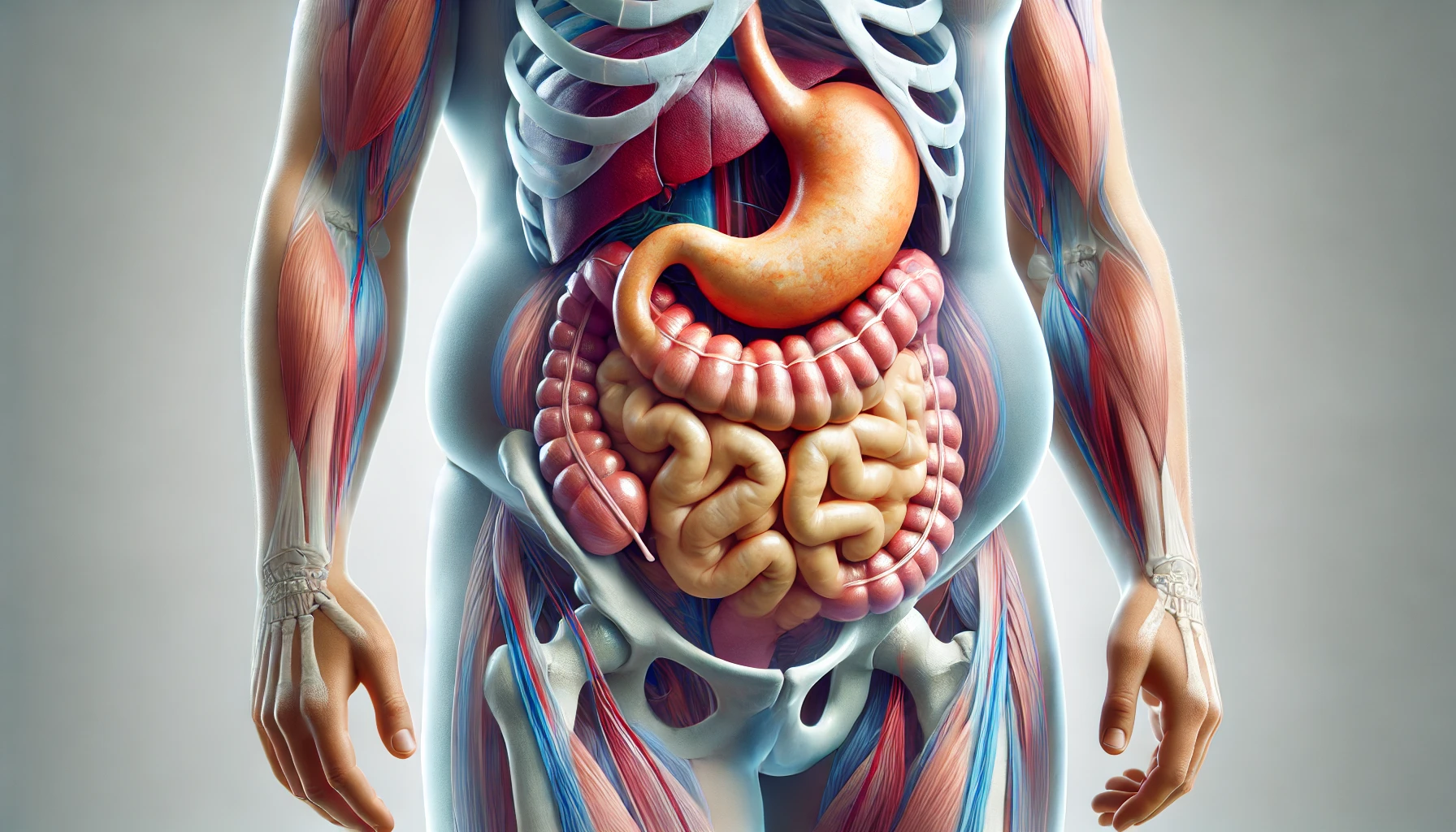How to Remove Belly Fat: A Complete Guide
Belly fat is one of the most stubborn and challenging areas to target when it comes to weight loss. Despite regular dieting and exercise, many people struggle to shed fat around their midsection. Removing belly fat is not just about improving appearance—it’s about improving overall health.
Excess belly fat, particularly visceral fat (the fat stored around internal organs), is linked to serious health risks, including heart disease, type 2 diabetes, and metabolic syndrome. Research has shown that abdominal fat produces inflammatory markers and hormones that can interfere with the body’s metabolism and increase the risk of chronic diseases.
In this guide, we will explore the causes of belly fat accumulation, the health risks associated with it, and evidence-based methods to reduce it. By combining a balanced diet, regular exercise, and lifestyle modifications, you can effectively target and reduce belly fat while improving your overall health.
Why Belly Fat Is a Common Concern
Belly fat is a major concern for both men and women across the globe. In fact, according to the World Health Organization (WHO), the prevalence of obesity has tripled since 1975, with abdominal obesity being one of the key indicators of metabolic health issues.
-
Aesthetic Concerns
- Excess belly fat affects body shape and posture, which can reduce confidence and self-esteem.
- A toned midsection is often viewed as a symbol of fitness and health.
- Clothes may not fit properly, leading to discomfort and frustration.
-
Health Risks of Excess Belly Fat
The health impact of belly fat goes beyond appearance. According to a study published in the journal Circulation, people with high amounts of visceral fat are at greater risk of developing cardiovascular diseases and metabolic syndrome.
-
a) Increased Risk of Heart Disease
- Visceral fat surrounds major organs like the liver and pancreas, releasing free fatty acids into the bloodstream.
- This increases levels of low-density lipoprotein (LDL) (bad cholesterol) and triglycerides, leading to plaque buildup in the arteries.
- It raises blood pressure and increases the likelihood of heart attacks and strokes.
-
b) Type 2 Diabetes
- Belly fat interferes with insulin sensitivity, leading to elevated blood sugar levels.
- This increases the risk of developing insulin resistance and type 2 diabetes.
-
c) Hormonal Imbalance
- Visceral fat releases hormones like cortisol and adipokines, which affect the body’s metabolism and increase inflammation.
- High cortisol levels contribute to fat storage around the midsection.
-
d) Metabolic Syndrome
- Metabolic syndrome is a cluster of health problems, including high blood sugar, high blood pressure, and abnormal cholesterol levels.
- Abdominal obesity is one of the key indicators of metabolic syndrome.
-
e) Certain Types of Cancer
- Research published in the journal Cancer Prevention Research suggests that visceral fat produces inflammatory compounds that may promote the growth of cancer cells.
- Increased belly fat has been linked to higher risks of colon, breast, and pancreatic cancer.
-
Psychological Impact
- Poor body image and self-esteem can lead to anxiety and depression.
- The stress caused by body dissatisfaction can trigger emotional eating and unhealthy lifestyle habits, leading to a vicious cycle of weight gain.
Why Belly Fat Is Hard to Lose
Belly fat is particularly difficult to shed due to its unique characteristics:
-
Hormonal Influence
- High cortisol levels (caused by stress) promote fat storage around the abdomen.
- Insulin resistance increases fat accumulation in the abdominal area.
-
Genetic Factors
- Some individuals are genetically predisposed to storing fat around the abdomen.
- A study published in Nature Genetics identified more than 50 genetic markers linked to fat distribution.
-
Aging and Slower Metabolism
- Metabolism slows down with age, making it harder to burn calories and fat.
- Muscle mass decreases with age, reducing the body’s ability to burn fat.
-
Poor Lifestyle Habits
- High consumption of processed foods, sugar, and unhealthy fats leads to fat storage.
- Lack of sleep and sedentary lifestyles contribute to increased belly fat.
Why Spot Reduction Doesn’t Work
Many people believe that doing sit-ups and crunches alone can remove belly fat—but that’s a myth. Spot reduction, or targeting fat loss in a specific area, has been widely debunked by scientific studies.
Why Spot Reduction Fails:
- Fat loss occurs uniformly across the body rather than from targeted areas.
- Core exercises strengthen abdominal muscles but don’t burn the fat covering them.
- Cardiovascular exercise and overall calorie reduction are necessary for fat loss.
Example:
A study published in the Journal of Strength and Conditioning Research found that participants who did six weeks of abdominal exercises showed no significant reduction in belly fat despite improved core strength.
Science-Backed Benefits of Losing Belly Fat
Losing belly fat not only improves appearance but also provides significant health benefits:
✅ Improved Heart Health
- Lower cholesterol levels and reduced risk of cardiovascular disease.
- Better blood circulation and reduced inflammation.
✅ Better Blood Sugar Control
- Improved insulin sensitivity.
- Lower risk of developing type 2 diabetes.
✅ Stronger Core and Better Posture
- Reduced lower back pain.
- Improved stability and movement efficiency.
✅ Enhanced Mental Health
- Increased confidence and better self-image.
- Reduced anxiety and depression.
The Right Approach to Removing Belly Fat
Reducing belly fat requires a holistic approach that includes a balanced diet, regular exercise, and lifestyle changes. The most effective strategies are based on scientific research and focus on sustainable, long-term habits rather than quick fixes.
-
Diet and Nutrition
- Focus on whole, unprocessed foods.
- Include high-protein and high-fiber foods.
- Avoid refined sugars, processed carbs, and trans fats.
- Combine cardio exercises with strength training.
- Include High-Intensity Interval Training (HIIT) workouts.
- Strengthen core muscles to improve posture and muscle tone.
- Lifestyle Adjustments
- Manage stress levels through meditation and deep breathing.
- Improve sleep quality by maintaining a consistent sleep schedule.
- Reduce alcohol consumption and quit smoking.
Scientific Evidence on Effective Methods
- High-Protein Diets:
- A study in the journal Obesity found that participants following a high-protein diet lost more abdominal fat compared to those on low-protein diets.
- Strength Training:
- Research published in Medicine & Science in Sports & Exercise showed that strength training is more effective at reducing visceral fat compared to cardio alone.
- HIIT Workouts:
- A meta-analysis in the journal Sports Medicine concluded that HIIT is more effective in reducing belly fat than moderate-intensity exercises.
- Stress Management:
- A study in Psychosomatic Medicine found that stress reduction through mindfulness and meditation led to a decrease in abdominal fat.
- Sleep and Weight Loss:
- Research in the American Journal of Clinical Nutrition showed that individuals with better sleep quality had improved fat loss compared to those with poor sleep patterns.
Conclusion
Belly fat is a common problem, but with the right approach, it can be effectively managed. The key lies in adopting a well-balanced diet, staying physically active, managing stress, and improving sleep patterns. By focusing on sustainable habits, you can reduce belly fat and improve overall health.
👉 Start making these changes today and take the first step toward a healthier, stronger body!
Disclaimer: This blog is for informational purposes only and is not intended as medical advice. Please consult a healthcare professional before making any health or lifestyle changes.









